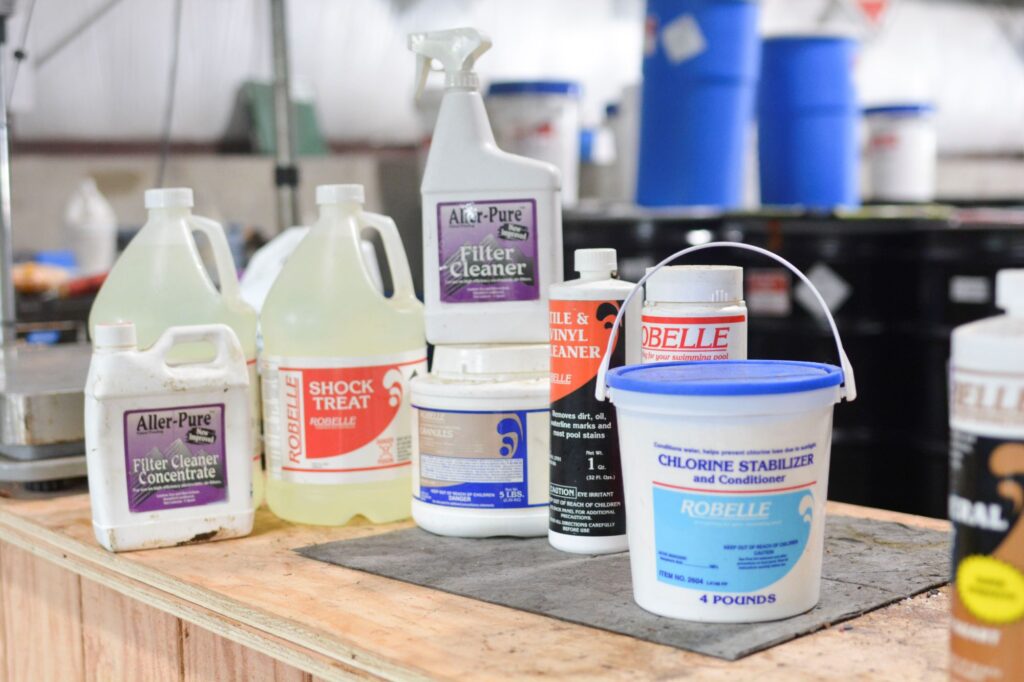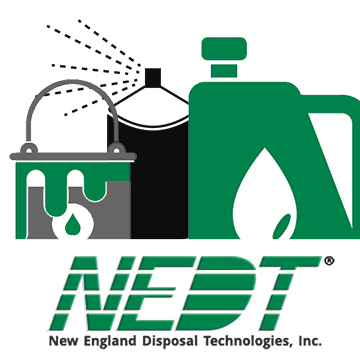While chlorine itself is a toxic gas, it can be found in a myriad of solid and liquid household products. Today, we’re going to look at two major categories of hazardous household products that can’t be disposed of at home: pool cleaners and cleaning products. In this article, learn more about how chlorine is used at home, what products it is in, and the dangers when handling, combining, and disposing of chlorine and other household and pool cleaners.
What Household Products Is Chlorine In?
The most common form of chlorine used in household products is sodium hypochlorite, mixed with a solid or liquid to form bleaching powder or liquid bleach. It’s commonly used for:
- Laundry Products: Liquid and powdered laundry products can contain either sodium hypochlorite or “chlorinated lime”—a mixture of calcium hypochlorite.
- Surface Disinfectant: Many heavy-duty surface cleaners include “liquid bleach,” which is a 3—6% sodium hypochlorite solution in water.
- Pool Cleaning: This is the primary ingredient in most pool chlorinators. Other pool cleaners, such as algaecides, may also include this chemical.
- Water Treatment: In smaller doses (and using other chemical forms, see below), it can also be used to treat water for drinking, usually on an industrial level.
Other chlorine-based cleaning and treatment solutions include monochloramine, halazone, and sodium dichloroisocyanurate.
Dangers of Chlorine Products and Disposal
Chlorine products are generally hazardous for several reasons. They can irritate both eyes and skin and are toxic if ingested. Sodium hypochlorite is also highly reactive—it can cause fire if in contact with organic materials: one of the major reasons these products can’t be thrown away or poured down the sink. Lastly, when sodium hypochlorite mixes with ammonia, a common chemical in other clean products, the two combine to form chlorine and phosgene gas, deadly in high concentrations.
Learn more in our blog, Why Certain Cleaning Products are Hazardous.
Chances are, you need to dispose of these products at a hazardous waste disposal facility: make sure to read the labels for disposal. At NEDT, we accept many kinds of cleaning chemicals, pool chemicals, and other hazardous waste; see our full listing here. Make more of your trip by bringing in the other products you no longer use, old eWaste like CRT monitors and even cans of paint, then bring it to one of our collection centers or contact us for pickup. Because household hazardous waste shouldn’t be difficult!



Leave a Reply